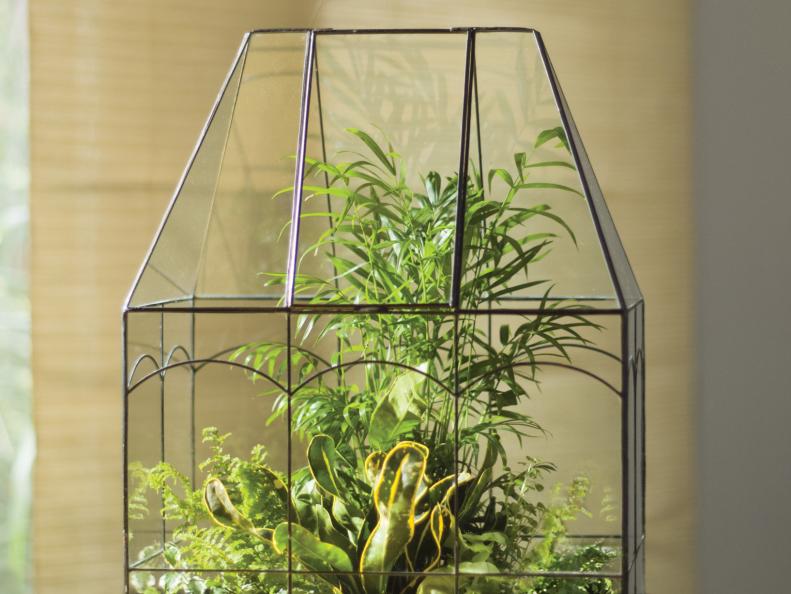1 / 13
Photo: Lori Adams/Cool Springs Press.
From:
Lynn Coulter.
Terrariums: Gardens Under Glass
In her book, Terrariums: Gardens Under Glass (Cool Springs Press), author Maria Colletti shares ten step-by-step projects that use various mosses and other plants. Colletti, terrarium designer for Shop in the Garden at the New York Botanical Garden, says moss enhances container gardens, but it's magical enough to stand alone.
.-Battle-on-the-Beach-courtesy-of-HGTV.-.jpg.rend.hgtvcom.196.196.suffix/1714847929029.jpeg)







